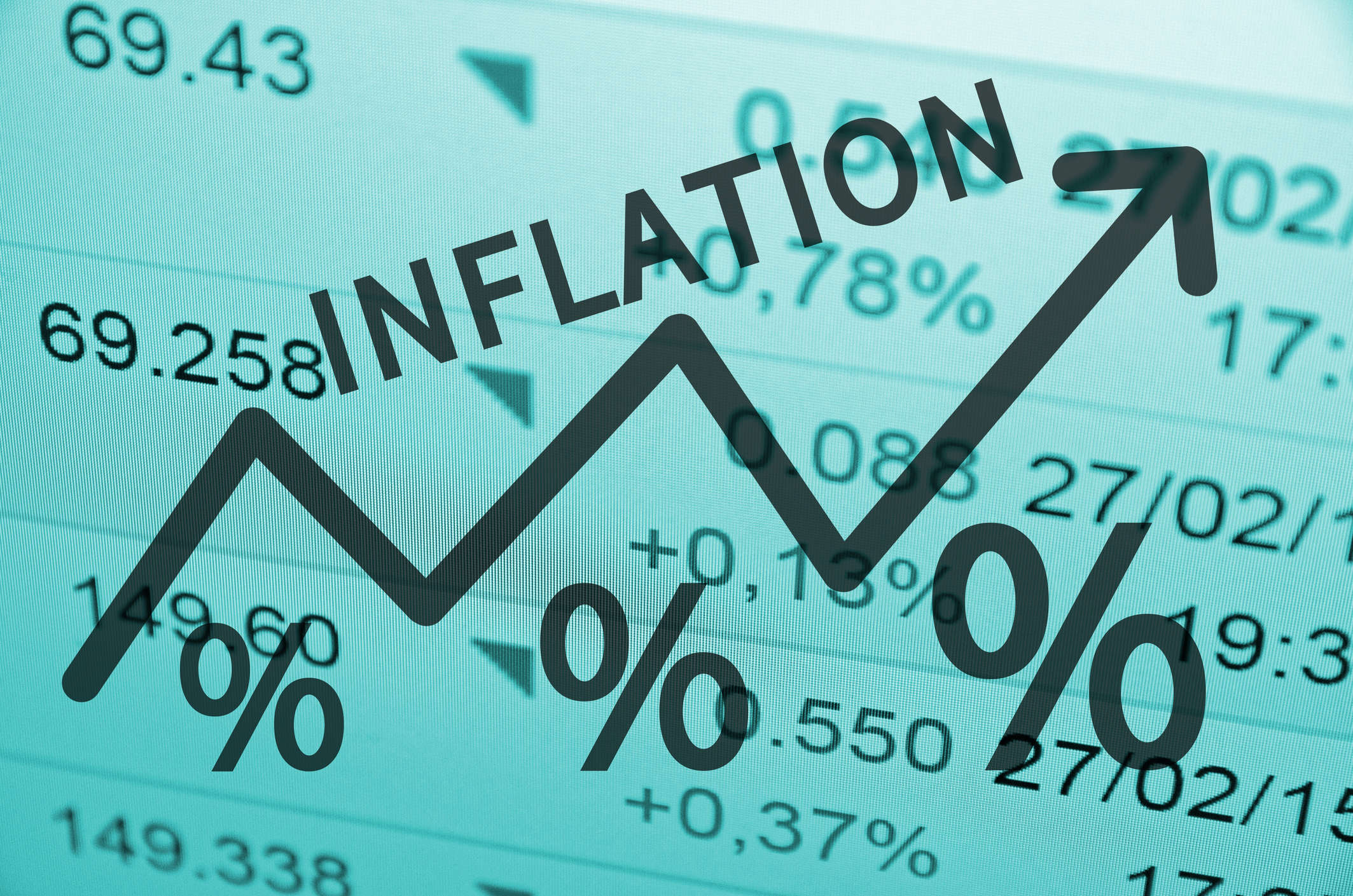Although the monster of inflation may be asleep, there are some stirrings of activity in parts of the world which should not be ignored by UK bond investors.
It is quite understandable why many fixed income assets are well bid in the UK. The recent statement by the Chancellor of the Exchequer set out a very weak performance for the UK economy into 2022. Even with the good news of a major vaccination programme starting this month, unemployment is likely to remain high well into next year, depressing wages growth and corporate pricing power. On top of this, the Bank of England continues to provide plentiful QE, for the time being. Turning to Europe, similarly the double-dip in economic activity into year-end will restrain inflation, which was already slightly negative year on year across the Eurozone in October.
Across the Atlantic, however, the US Treasury market is stirring. The US benchmark 10-year yield reached a trough of 0.5% in the summer since when it has moved steadily higher towards 1%. If it manages, or is allowed by the Federal Reserve’s QE programme, to break through that ceiling then technical analysts may get to work, helping it punch higher with the next major target a yield of about 1.3%. Of course, much of this movement is related to excitement about the expected recovery in the US economy into 2021. This would be spurred on if Congress finally agrees to a spending programme of $908 billion to tide over states, businesses and the unemployed until vaccinations become more prevalent and effective.
As well as focusing on real or inflation adjusted bond yields, it is useful as well to look at inflation expectations in the USA. These are also moving. With hindsight, a turning point might have been the change in the Federal Reserve’s approach over the summer to an average inflation target. US consumer price inflation has never fallen as low as that seen in Europe; the latest figure was 1.2% a year in October.
There are a variety of technical ways of measuring what levels of inflation are priced into the financial markets in America. They all show a similar story at present, generally in a range of 1.75-2.0% over different time periods from 5-30 years. Importantly, these are the highest levels seen since May 2019. One reason for this is that the US dollar continues to decline against other major currencies, approaching its lowest levels since 2018 – of course this will help push commodity prices higher which are already being pulled up by stronger Chinese economic activity.
Much the most likely scenario is for low inflation in most economies into 2021. However, there are stirrings along the inflation pipeline, starting with commodity prices and the direction of the US dollar, aggravated by an extremely easy monetary policy, further waves of fiscal support and the spark from a worldwide vaccination programme. Bond market views about inflation from 2021 onwards could look rather different.
Andrew Milligan is an independent economist and investment consultant. This note should be considered as general commentary on economic and financial matters andshould not be considered at all as financial advice in any form.
Andrew Milligan an independent economist and investment consultant. From 2000-2020 he was the head of global strategy at Standard Life/Aberdeen Standard Investments, analyzing the major financial markets for global clients. He currently assists a range of organizations with reviews of their investment processes, advice on tactical investing and strategic asset allocation, and how to include ESG factors into their decision making


